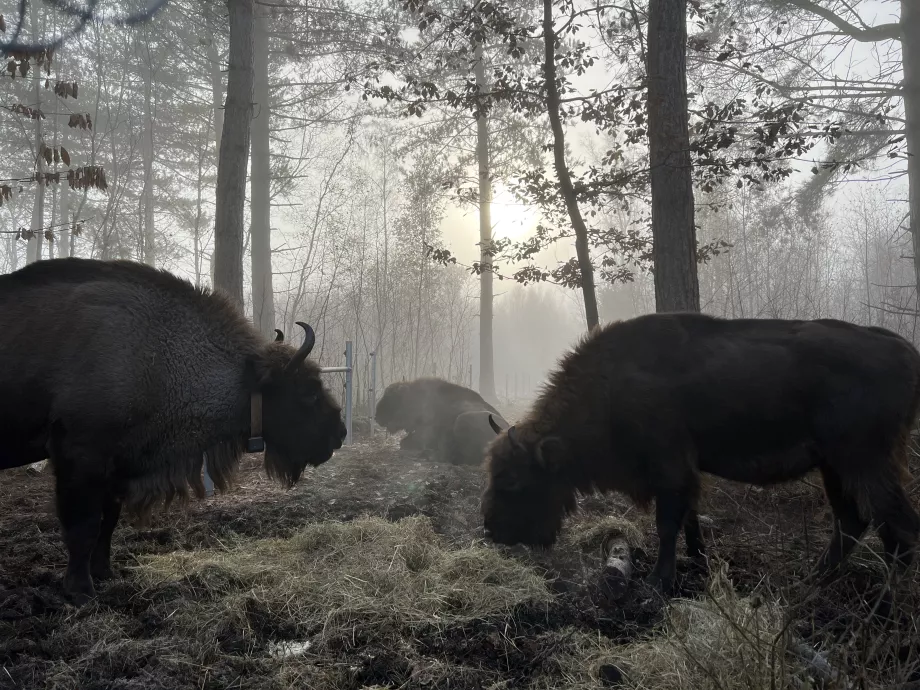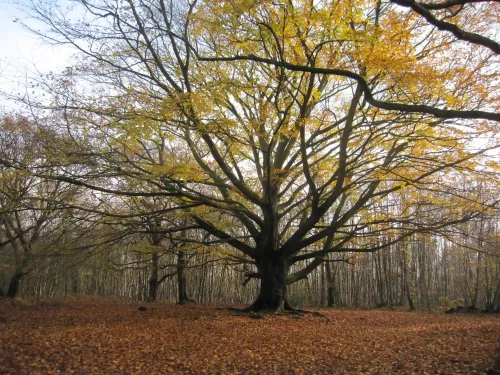
10 must-visit Kent woodlands
Be sure to check out these 10 woods whilst exploring Kent, each offering something a little different across the county.


Donovan Wright. Donovan Wright
Inspired by our experience and listening to Dutch practitioners and decision-makers, as well as one another, our ‘Coalition of the Wilding’ has already unearthed two additional requirements for successful UK nature recovery: mitigating fragmentation and reinstating natural processes. Our vision is to create a nationally replicable model, the Local Nature Recovery Network, tailored for Kent, in collaboration with key stakeholders such as National Highways and others. This endeavour brings together all these crucial components, representing a transformative step for British wilding and closing the gap between development and nature conservation.
Learn more about our Local Nature Recovery Strategy here!

Be sure to check out these 10 woods whilst exploring Kent, each offering something a little different across the county.

Since bison were released into West Blean and Thornden Woods on the outskirts of Canterbury, they have not only transformed the landscape but significantly grown in number.

Natasha Ruskin explores something terrifying: a world without woodlands.